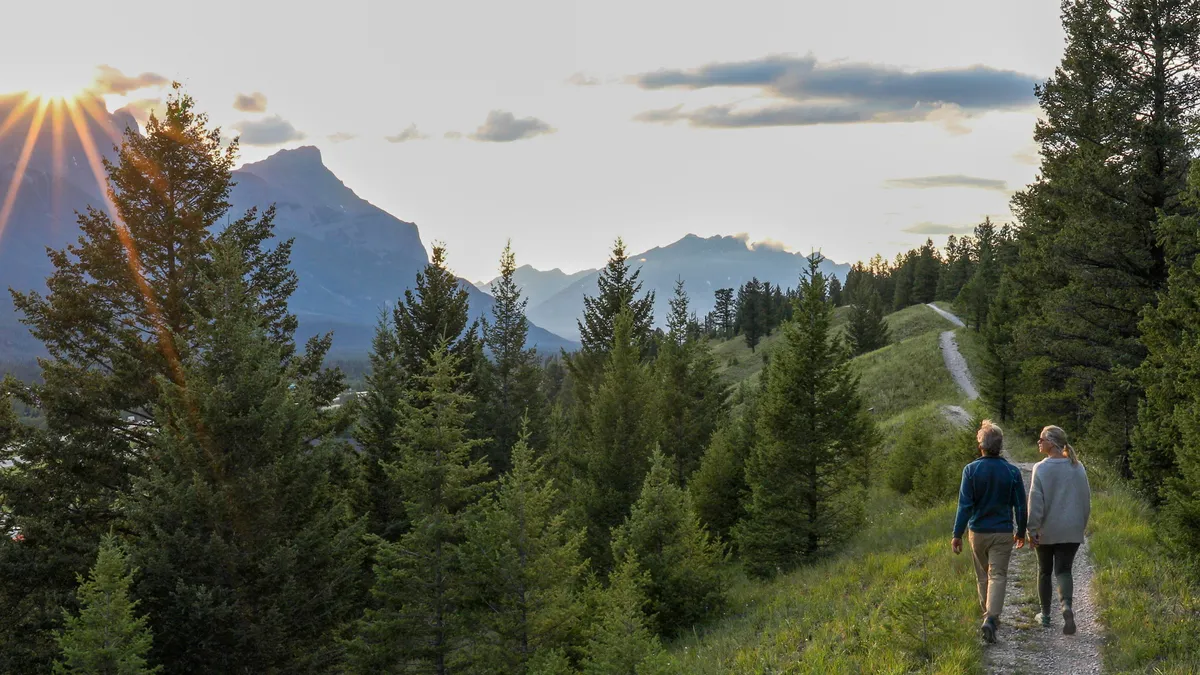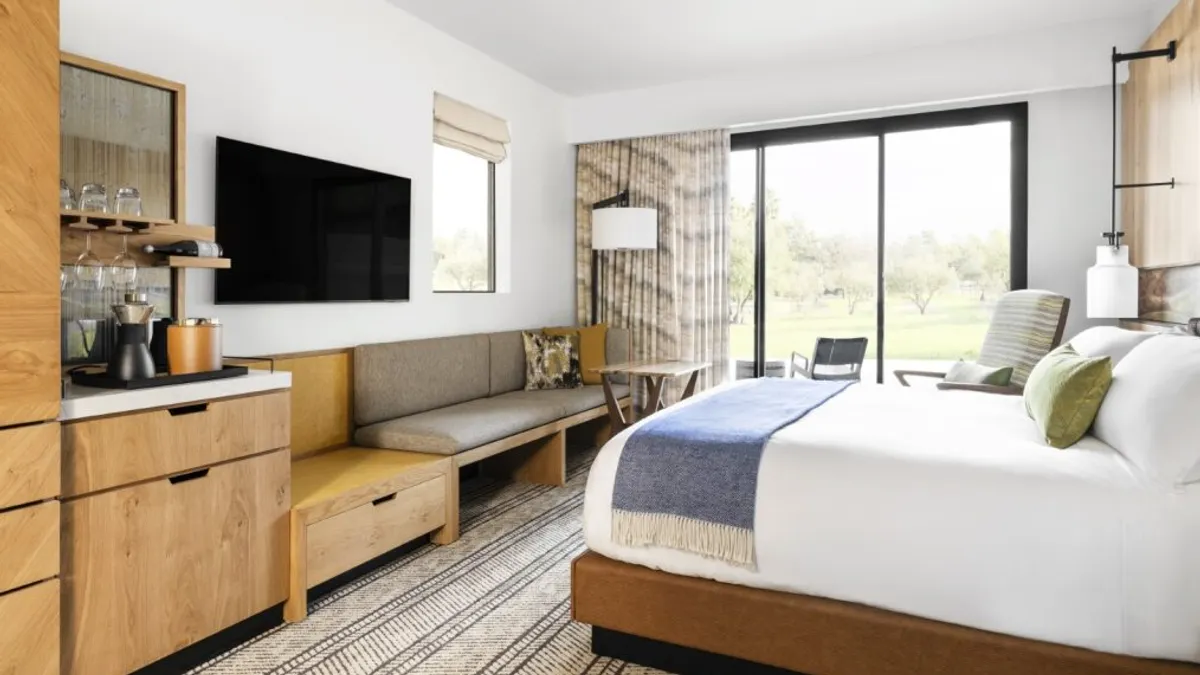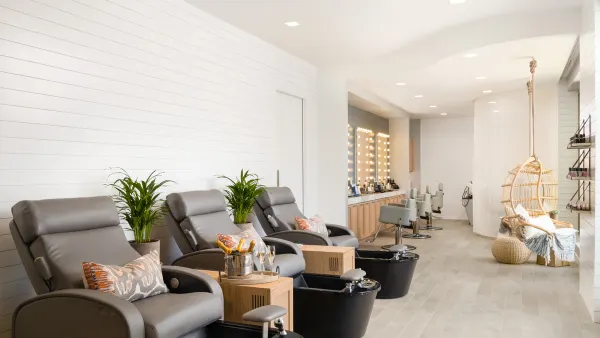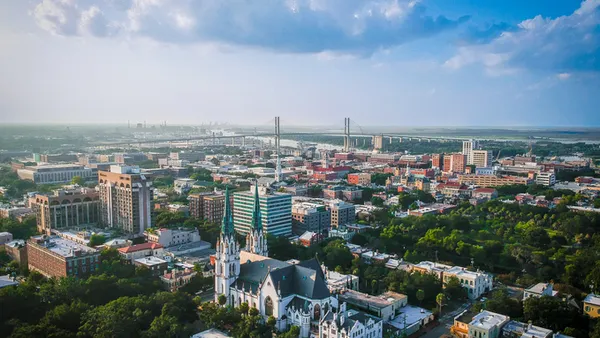Dive Brief:
- Lodging properties located in western U.S. mountain destinations have bounced back from a sluggish spring and are reporting a winning summer, while anticipating a strong fall and winter, according to a report from DestiMetrics.
- The uptick is credited to strategic rate management by the properties, which resulted in an increase in occupancy.
- Tom Foley, senior vice president for Business Intelligence at Inntopia, noted that properties seem to have found the “sweet spot” where they are able to deliver solid revenue results while offering palatable rates to consumers.
Dive Insight:
Faced with price-sensitive, inflation-weary consumers and occupancy deficits, lodging properties in western U.S. mountain destinations eased up on daily rate increases over the summer and successfully boosted occupancy, according to the most recent monthly Market Briefing distributed by DestiMetrics, the business intelligence division of Inntopia.
Approximately 28,000 lodging units in 17 mountain destination communities across Colorado, Utah, California, Nevada, Wyoming, Montana and Idaho contributed to the DestiMetrics’ data pool; they represent an aggregated 55% of all available rental units in those regions.
With four months of summer completed and two months — September and October — on the books, full summer occupancy is up 3.5% over last summer, while daily rates are up 2.4%. The growth in both rate and occupancy has led to a 6% increase in aggregated revenues over last summer.
Even though the aggregated average daily rate during August was up 4.8% over rates last August, occupancy also rose 4.8%, resulting in a 9.8% increase in revenues for the month in a year-over-year comparison.
“Lodging properties were very strategic in managing rates this summer with increases staying just below the national inflation rate,” said Foley, in a statement.
“That has been critical to success this year, with consumers continuing to be cautious with their pocketbooks. So, those minor adjustments were quite effective in prompting an uptick in bookings that made rates more palatable to visitors while enabling properties to manage their balance sheets.”
This strategy also sparked a significant boost in early bookings for the upcoming winter months. August’s booking pace jumped 6.7%, boosting occupancy of guests arriving from November through February. That currently makes winter occupancy up 0.9%, as of Aug. 31, compared to last year.
While occupancy declines are currently appearing in November, December and January, all have posted large improvements in the past 30 days, with February posting a dramatic 16% increase in occupancy compared to a year ago at this time.
The winter ADR has dropped appreciably from a month ago when rates were up 6.9%, indicating that properties are lowering rates during some periods. As a result, the lower prices are attracting increased bookings, particularly in February. The boost in bookings is helping to offset the lower rates and is now delivering a 1.4% increase in revenue for those four winter months for which data is currently available.
“Properties recognized [consumers’] reticence to book and have lowered rates slightly, and that has been enough to generate an appreciable uptick in bookings,” Foley explained.
The report also notes other economic indicators that may have affected the positive uptick, including increased optimism about inflation, but points out that decreased confidence in the labor market and job creation tempers the outlook.









